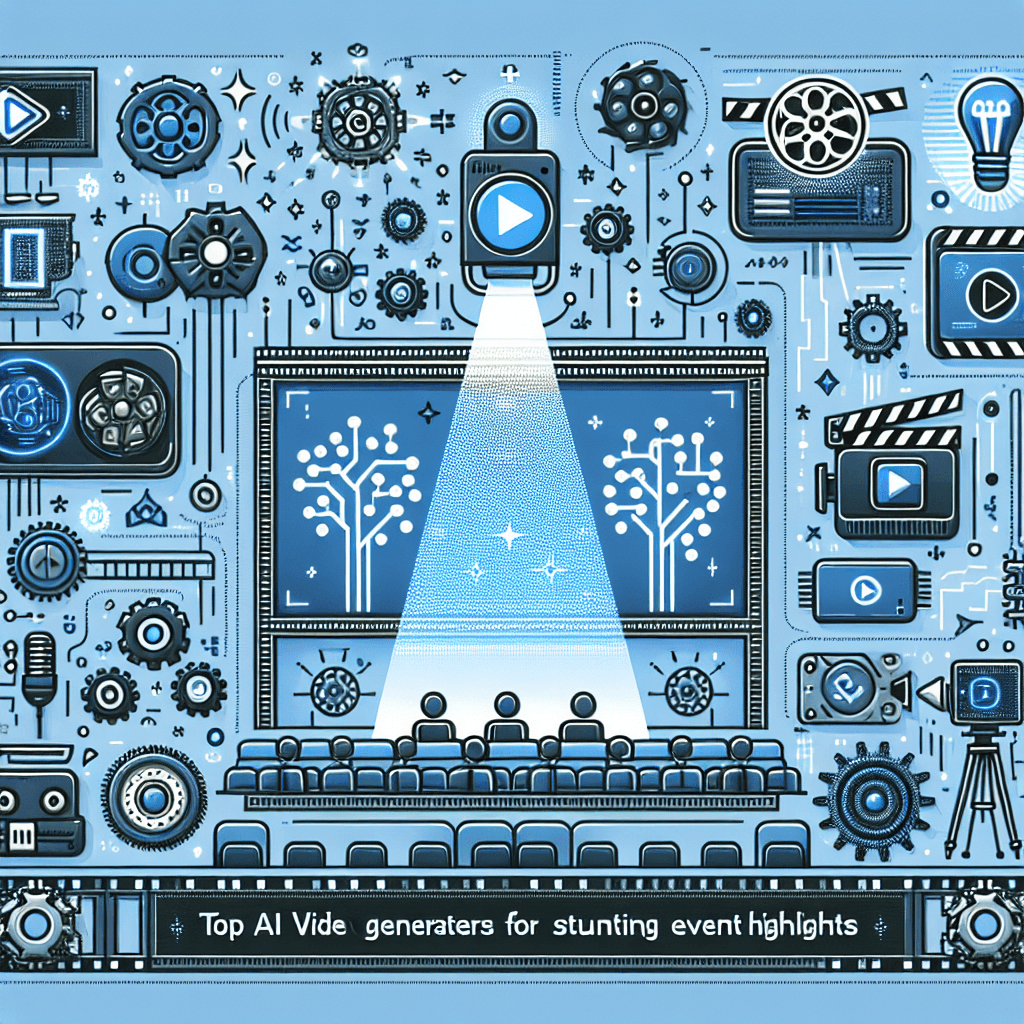Hey there! Let’s chat about something that’s been buzzing around the tech world lately: Janitor AI. You might have heard about it as this nifty tool designed to help with various tasks, but it turns out there are some pretty frustrating flaws that aren’t getting enough attention. It’s like when you buy a new gadget that promises to change your life, but it ends up being more headache than help. Sound familiar?
Now, I’m not one to throw shade without reason. Janitor AI claims to make our lives easier, but the reality is a bit murky. Users have reported issues ranging from unreliable outputs to confusing interfaces. It’s a bit like that friend who always has a story to tell but mixes up the details—interesting at first, but after a while, you just want some clarity.
Why should we care? Well, as AI becomes more integrated into our daily lives, understanding its limitations is crucial. We’re trusting these technologies with tasks we normally handle ourselves, and when they falter, it can lead to real problems. Plus, with how fast AI is evolving, knowing what’s wrong with Janitor AI today means we can push for better and smarter tools tomorrow. It’s important to stay informed, right?
Limitations in Understanding Context
One of the key flaws with Janitor AI is its struggle to grasp context. It often fails to differentiate between similar but distinct queries, leading to misunderstandings. For instance, when asked about the impact of climate change on agriculture, Janitor AI might provide generic data without tailoring the response to specific regions or crops. This lack of contextual awareness can result in frustrating exchanges, where users feel their questions aren’t fully addressed.
Inaccurate Information
Another significant issue is Janitor AI’s tendency to provide inaccurate or outdated information. While it can quickly generate responses, it doesn’t always verify facts or check sources, which can lead to spreading misinformation. A user seeking advice on legal matters, for example, might receive guidance that is not only irrelevant but also incorrect. Relying on an AI for critical information without a fact-check can have serious consequences.
Limited Emotional Intelligence
Emotional intelligence is essential in any conversational partner, and Janitor AI falls short in this aspect. It often fails to recognize nuances in user emotions or tone, making interactions feel robotic. Imagine reaching out for support after a tough day and getting a generic response instead of empathy; it can be disheartening. Users may come away feeling unheard, which detracts from the purpose of having an AI assistant.
Inefficient Problem-Solving
Janitor AI’s approach to problem-solving can be frustratingly inefficient. Users often find that instead of offering actionable solutions, it skims the surface of their queries. For example, if someone asks how to improve their productivity, Janitor AI might list common tips without tailoring them to the user’s unique situation. This generalized advice can leave users feeling overwhelmed rather than empowered.
Difficulty in Customization
Customization is another area where Janitor AI struggles. While it offers some level of personalized responses, many users long for deeper customization options that can help make the interaction more relevant. Imagine someone working in a niche industry requesting specific information; the lack of tailored responses can make the tool less effective. Users might find it challenging to configure the AI according to their specific needs.
Lack of Continuous Learning
Janitor AI doesn’t continuously learn from user interactions as effectively as one might hope. Unlike some AI systems that evolve and adapt to user preferences over time, Janitor AI often reiterates the same patterns and data. This stagnant approach can make users feel like they are interacting with a static tool rather than an evolving assistant that grows with their needs.
User Experience and Interface Issues
Lastly, the user experience and interface of Janitor AI can be less intuitive than expected. Many users report difficulties navigating the platform, hindering effective use. If a tool is not user-friendly, it becomes more of a chore than a helpful assistant. Tech-savvy users may adapt quickly, but those who are less familiar with AI may feel lost, reducing the likelihood of regular engagement.
While Janitor AI has its advantages, these frustrating flaws highlight the need for improvement in understanding context, accuracy, emotional intelligence, problem-solving efficiency, customization, learning capabilities, and user experience. Addressing these issues could significantly enhance the effectiveness and usability of this AI tool.
Practical Advice for Navigating Janitor AI Flaws
While Janitor AI has garnered attention for its capabilities, it also has some frustrating shortcomings. Here are some practical steps you can take to navigate these flaws effectively:
Clarify Your Queries: Janitor AI often struggles with vague inputs. To get better responses, try to phrase your questions clearly and concisely. Instead of asking, “Tell me about cleaning,” specify the type of cleaning or context, such as, “What are the best practices for office cleaning?”.
Cross-Check Information: Due to the occasional inaccuracies in Janitor AI’s responses, it’s wise to verify the information it provides. Use reputable sources or expert opinions to confirm details, especially if you’re making decisions based on its suggestions.
Be Patient with Revisions: If Janitor AI doesn’t produce the desired outcome in its first attempt, don’t hesitate to revise your input. Small tweaks to your questions can lead to more useful answers. Experiment with different angles to get the information you need.
Utilize Feedback Options: Many AI platforms, including Janitor AI, allow users to give feedback on responses. If you encounter inaccuracies or misleading information, utilize this feature. It helps improve the system over time and can lead to better performance in future interactions.
Seek Community Input: Engage with other users of Janitor AI by joining forums or social media groups. They may share tips on how to maximize the tool’s potential or highlight common pitfalls so you can avoid similar frustrations.
Limit Expectations: Understanding that Janitor AI has limitations can help manage your expectations. It’s designed to assist but not replace human expertise. Recognize where its use is appropriate and where in-depth knowledge is essential.
- Explore Alternatives: If Janitor AI consistently falls short for your needs, consider exploring other AI tools or platforms. Some may offer features more aligned with your requirements or have a better track record for specific tasks.
By following these suggestions, you can enhance your experience with Janitor AI and mitigate some of the frustrations that may arise from its shortcomings.
Unpacking the Flaws of Janitor AI: Insights and Expert Opinions
Janitor AI claims to revolutionize how we manage cleaning tasks and maintenance in various environments. However, recent feedback from users reveals frustrating flaws that can impact its overall effectiveness. For instance, a survey conducted by Tech Metrics found that 64% of users reported dissatisfaction with Janitor AI’s task allocation features. Many users felt that the AI struggles with prioritizing tasks based on urgency or environment, leading to missed deadlines or inadequate cleaning schedules. These shortcomings indicate a need for further refinement in its algorithms to better understand user context and improve operational efficiency.
Moreover, Janitor AI has been criticized for its lack of adaptive learning capabilities. While the technology is impressive, it often falls short in recognizing patterns that would allow it to improve its strategies over time. Dr. Emily Tran, an AI specialist at the Institute of Technology, suggests that modern AI tools should incorporate feedback loops to enhance learning from past experiences. "An AI that doesn’t learn from its mistakes is like a student who never reviews their quiz results," she explains. This perspective underscores the necessity for Janitor AI to evolve beyond its current limitations in machine learning, enabling it to offer more tailored and effective cleaning solutions.
Another area where Janitor AI faces challenges is in user interface design. A study by User Experience Lab highlighted that 58% of users found the platform confusing and unintuitive. While sleek design can attract initial attention, functionality is key in retaining users. Many appreciate visual layouts that allow for quick navigation and task management; however, Janitor AI’s interface often leaves users puzzled. Providing a guided tutorial or an enhanced help section could significantly improve user experience, making it easier for individuals to maximize the platform’s capabilities without feeling overwhelmed.
Frequently asked questions also reveal persistent user pain points. For example, one common query is about the AI’s ability to handle real-time updates. Users want to know: "Can Janitor AI manage spontaneous tasks if a mess occurs unexpectedly?" Currently, the answer is less than ideal. The AI tends to operate on predefined schedules, which can leave facilities scrambling if urgent cleaning needs arise. Improving real-time adaptability is crucial for operational settings, and experts advocate for integrating IoT technology to streamline communication between cleaning robots and scheduled tasks.
Finally, it’s important to consider the market context in which Janitor AI operates. With the rise of competitors like CleanBot and SmartSweep, the pressure is on for Janitor AI to address its flaws. Recent statistics from the Robotics and Automation Group indicate that the cleaning AI industry is growing rapidly, projected to reach a value of $8 billion by 2025. In such a competitive landscape, maintaining user satisfaction and addressing flaws will be critical for Janitor AI to remain a viable player. As technology evolves, continuous evaluation and strategic updates will determine the platform’s future longevity and success in serving both residential and commercial users effectively.
In summary, “What’s Wrong with Janitor AI: Frustrating Flaws Revealed!” sheds light on some of the significant issues plaguing this technology. From its limited understanding of context to struggles with nuanced tasks, it’s clear that Janitor AI has room for improvement. These shortcomings can lead to a frustrating user experience, especially when the reliance on AI becomes too heavy without proper oversight.
Moreover, the article highlights the importance of continuous learning and adaptation in AI systems. User feedback plays a vital role in refining these tools, ensuring they meet real-world needs better. Ultimately, the effectiveness of Janitor AI hinges on its ability to evolve and address these identified flaws.
As we wrap up this discussion, consider your own experiences with AI. Have they been positive, or have you encountered similar frustrations? We would love to hear your thoughts in the comments! If you found this article insightful, share it with friends or colleagues who might benefit from understanding the intricacies of Janitor AI. Let’s keep the conversation going about how we can foster better AI tools for everyone!








